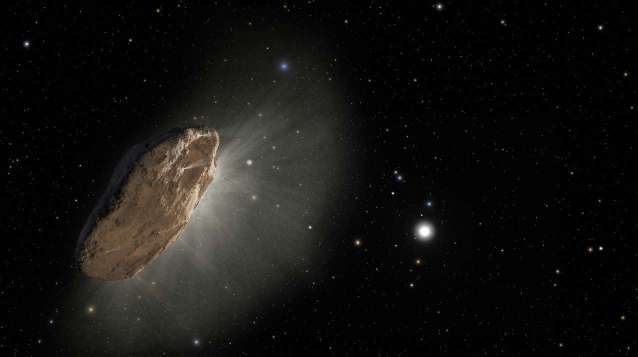Space Mining: The Next Gold Rush is in the Stars
4 min read
05 Sep 2024
Space mining, once a concept of science fiction, is rapidly becoming a viable industry. With advances in technology and a growing interest in space exploration, the idea of mining asteroids and other celestial bodies for valuable resources is gaining momentum. This article delves into the potential of space mining, the key players, the technological challenges, and the possible economic impact of this new frontier.
The Potential of Space Mining
Unlimited Resources: Asteroids and other celestial bodies are believed to contain vast amounts of precious metals, rare earth elements, and other valuable resources. Unlike Earth, these resources are largely untapped, offering a seemingly limitless supply. Strategic Importance: As Earth’s resources become scarcer, space mining could provide the materials needed for advanced technologies, including electronics, renewable energy systems, and more.

Key Players in the Space Mining Industry
Private Companies: Companies like Planetary Resources, Deep Space Industries, and TransAstra are at the forefront of developing technologies and strategies for space mining. Government Initiatives: NASA and other space agencies are also investing in space mining research, recognizing its potential to support long-term space exploration and economic growth. International Collaborations: International partnerships are emerging to share the costs and benefits of space mining, ensuring that its rewards are distributed globally.
Technological Challenges and Solutions
Mining Technology: Developing the technology to extract and process resources in the harsh environment of space is a significant challenge. This includes designing robotic miners, refining techniques, and transportation systems. Sustainability: Ensuring that space mining operations are sustainable and do not harm celestial environments is crucial. Researchers are exploring ways to minimize the environmental impact and promote responsible practices. Legal and Regulatory Issues: The legal framework for space mining is still evolving. International laws and agreements will need to be established to manage property rights, resource sharing, and environmental protection.
Economic Impact of Space Mining
Boost to the Economy: The space mining industry has the potential to create new jobs, stimulate technological advancements, and generate significant economic growth. Reducing Resource Scarcity: By providing an alternative source of essential materials, space mining could help alleviate resource scarcity on Earth, stabilizing prices and reducing geopolitical tensions. Investment Opportunities: As the industry grows, there will be numerous investment opportunities in technology development, infrastructure, and related fields.
The Future of Space Mining
Technological Advancements: Continued advancements in robotics, artificial intelligence, and space travel will be critical in making space mining feasible and profitable. Expansion Beyond Asteroids: While asteroids are the primary target, future missions could also explore mining the moon, Mars, and other celestial bodies. Long-term Vision: Space mining is not just about immediate gains. It is part of a broader vision for humanity’s future in space, supporting sustainable exploration and the potential colonization of other planets.
Conclusion
Space mining represents the next gold rush, offering immense potential for economic growth, technological advancement, and resource sustainability. While there are significant challenges to overcome, the industry is poised to transform our approach to resource management and space exploration. As we look to the stars, space mining could be the key to unlocking a new era of prosperity and innovation for humanity.
More Articles

The Future is Decentralized: How Blockchain is Shaping a New World Order
7 min read | 11 Sep 2024

Unlocking the Potential of Data: How Blockchain Empowers Individuals
6 min read | 10 Sep 2024

Blockchain: A Force for Transparency and Accountability in the Digital Age
7 min read | 09 Sep 2024

Building the Trust Machine: How Blockchain is Revolutionizing Trust Systems
6 min read | 08 Sep 2024
More Articles

Augmented Reality for Military Training and Simulation
6 min read | 07 Jul 2024

Cybersecurity Challenges in the Internet of Medical Things (IoMT)
6 min read | 06 Jul 2024

AI in Music Composition and Production
4 min read | 05 Jul 2024

Artificial Intelligence in Wildlife Conservation
7 min read | 04 Jul 2024
